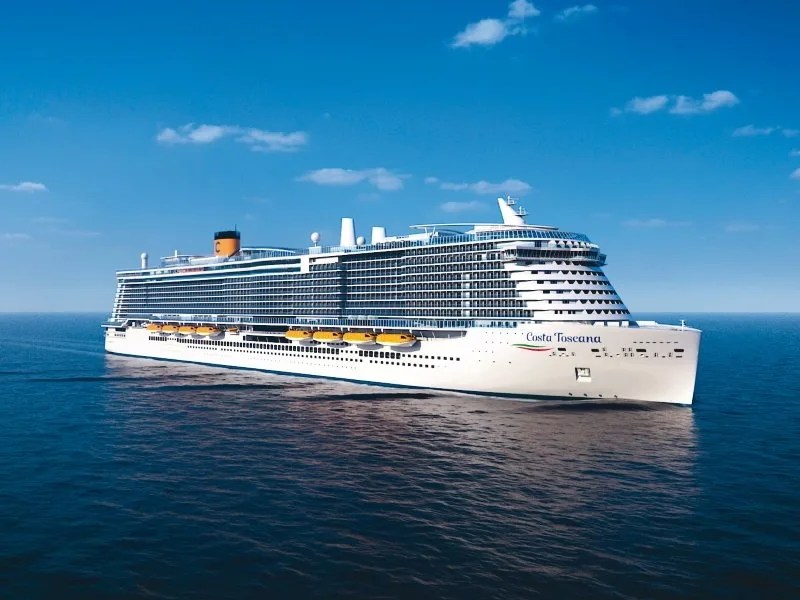
Introduction
The cruise industry is experiencing a remarkable resurgence as travel restrictions ease and travellers reignite their passion for exploration. Following the significant disruptions caused by the COVID-19 pandemic, the sector is witnessing renewed interest from holidaymakers eager to set sail once again. With new health protocols and enhanced safety measures in place, the future of cruises looks promising, reflecting a desire for adventure and relaxation on the high seas.
Current Trends in the Cruise Industry
As of late 2023, the cruise industry has rebounded to approximately 80% of pre-pandemic levels, according to the Cruise Lines International Association (CLIA). Major cruise lines, such as Carnival Corporation and Royal Caribbean, have reported strong booking numbers, indicating a resurgence in consumer confidence. Additionally, many lines have introduced innovative itineraries and luxurious amenities to attract both new and returning customers. The Caribbean and Mediterranean remain top destinations, but there is also a growing interest in more niche cruise experiences, such as expedition cruising and river cruises.
Health and Safety Measures
In response to the pandemic, cruise lines have implemented extensive health and safety protocols. These include vaccination requirements for passengers and crew, regular testing, enhanced sanitation practices, and updated emergency protocols. Passengers can expect to see increased ventilation systems on ships and the availability of medical resources on board. The measures not only reassure travellers but also enhance the overall cruising experience.
Future Forecast
Looking forward, the cruise industry is poised for growth, with analysts predicting a 10% increase in bookings for 2024. The demand for unique travel experiences, coupled with the growth of sustainable and environmentally friendly cruise options, suggests that companies will continue to innovate. Strengthening partnerships with local economies and promoting responsible tourism will become key strategies for cruise lines as they adapt to changing consumer preferences.
Conclusion
The cruise industry’s recovery signifies a broader trend in travel, reflecting a desire for escapism and leisure following a challenging couple of years. With strong demand and an emphasis on health and safety, cruises are once again becoming a popular choice for holidaymakers seeking the adventure of a lifetime. As the industry evolves, it will be essential for cruise lines to stay attuned to passenger preferences and sustainability practices, ensuring that they remain relevant in a competitive travel landscape.
You may also like

Exploring Monmouth: History, Attractions and Community

Understanding Glasgow Airport and Its Significance
